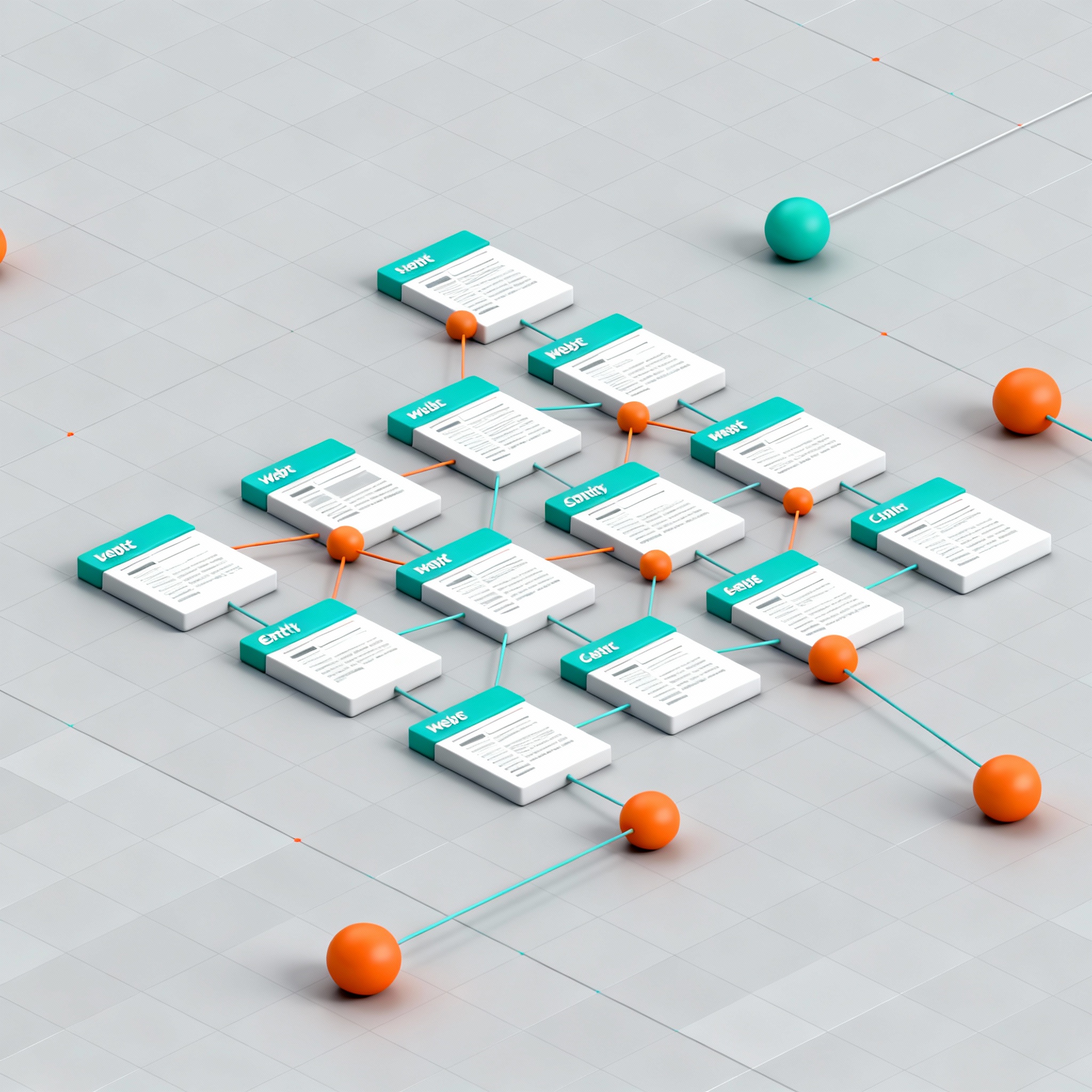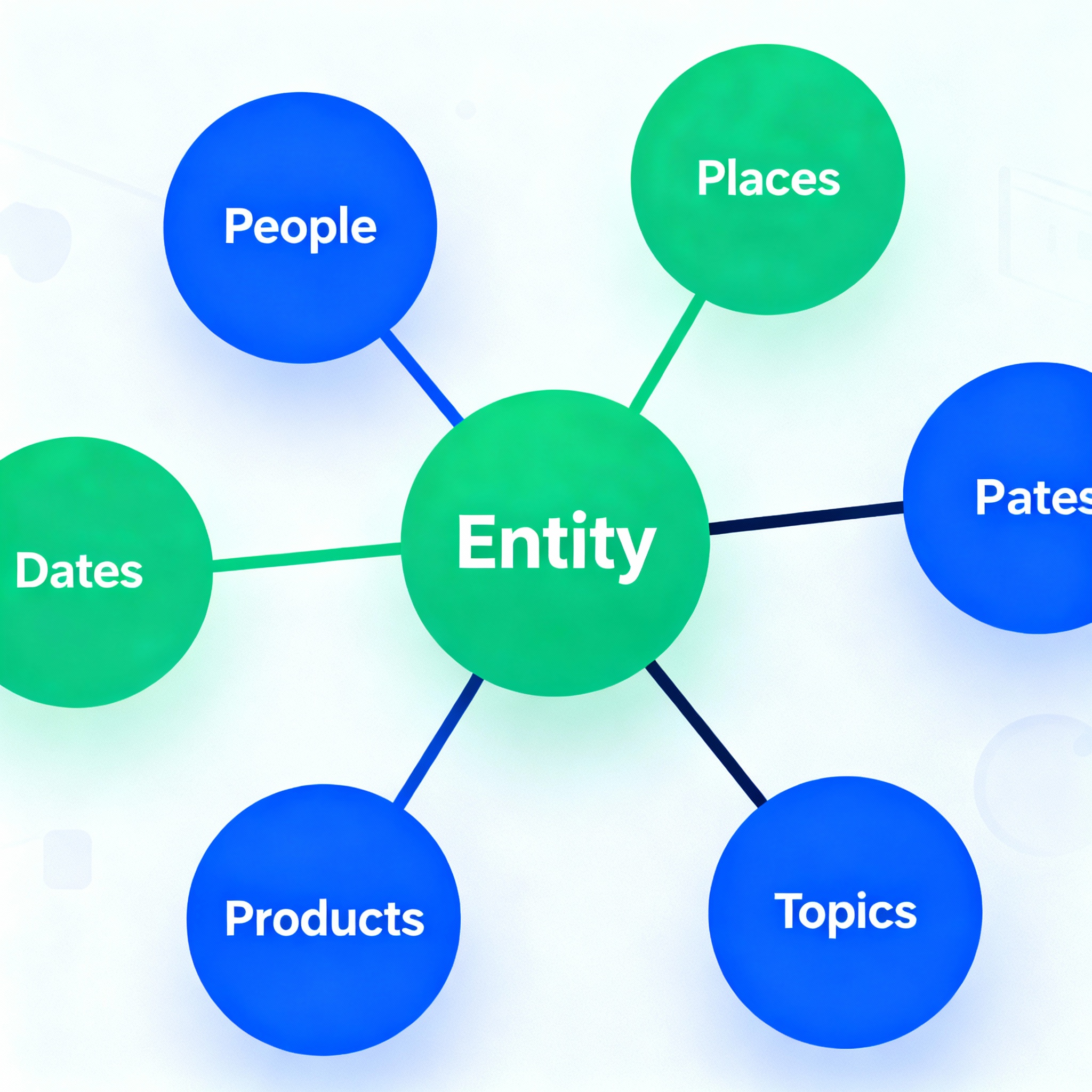Picture this: you search for a person, product, or place and the answer appears in a neat panel, with key facts, related people, and quick links, all without clicking through. That convenience comes from structured networks of facts that help machines reason about meaning. In this article you will learn what a define knowledge graph actually is, why marketers and site owners should care, and how to start leveraging entity data to win visibility and trust.
Define Knowledge Graph, in plain terms
A knowledge graph is a graph-structured knowledge base that represents real world entities as nodes and the relationships between them as edges. Think of it as a map of facts, where each dot is a person, product, or concept, and each line explains how those dots relate. That simple structure unlocks powerful outcomes for search, recommendations, and question answering because it lets machines understand context instead of just matching keywords.
Why knowledge graphs matter for website owners and SEO
If you run a site or manage SEO, knowledge graphs matter because search engines and AI assistants use entity graphs to answer user questions directly. Here is what that means for you:
- Better search features, like rich panels and answer boxes, often draw traffic and trust. See how Google builds and serves entity data on the developer site for the Knowledge Graph.
- Improved content relevance, because entity linking helps engines connect your pages with authoritative facts and related topics.
- Voice and assistant readiness, since assistants prefer structured facts sourced from graphs.
- Enhanced internal linking strategies; thinking in entities helps you design topic clusters that mirror semantic relationships.
How knowledge graphs are built and fed
Sources and extraction
Knowledge graphs pull from many places: curated databases, public resources such as encyclopedias, structured content from websites, and enterprise databases. Search engines ingest structured markup like JSON-LD and vocabularies such as schema.org to extract entity facts and relationships. For practical reference on markup and entity types, see Schema.org.
Representation and storage
Entities are represented as nodes with attributes, and relationships are edges labeled by predicate. Graph databases like Neo4j are common choices for storage because they make traversing relationships fast and intuitive. Neo4j and other graph platforms also offer tooling for analytics and embeddings.
Curation and disambiguation
Entity resolution, also called disambiguation, ensures that John Smith the author does not get conflated with John Smith the athlete. This requires unique identifiers, contextual signals, and ongoing curation. Public knowledge graphs like Wikidata are often used to cross-reference identities.
Practical steps you can take this week
- Add structured data using JSON-LD for people, products, events, and organizations, following schema.org.
- Authoritatively connect your content to notable entities by linking to reliable sources and using consistent entity names and metadata.
- Build topic clusters that mirror real-world relationships, not just keyword groups.
- Use entity-first internal linking, where pages about an entity link to pages about related entities.
- Audit your site for conflicting or duplicate entity signals and fix them with canonicalization and explicit markup.

Measuring impact and signals to watch
- Appearance in knowledge panels or rich results.
- Increase in featured snippets or answer box impressions.
- Growth in organic clicks from entity-rich queries.
- Better link equity flow between entity-related pages.
Use search console data, traffic analytics, and entity-level query reports to track improvements.
Common myths and quick rebuttals
- Myth: Knowledge graphs are only for giant companies. Not true, smaller sites can use structured markup and entity-focused content to compete in niche knowledge spaces.
- Myth: Schema markup is all you need. Schema helps, but signals like authority, contextual content, and external references matter too.
- Myth: Entities replace content. They complement content, making it more discoverable and machine-readable.
FAQ
What is the difference between a knowledge graph and a database
A database stores records in tables or documents, organized for retrieval. A knowledge graph stores entities and labeled relationships, optimized for representing meaning and connections. Graph queries let you explore relationships in ways traditional databases do not.
How do search engines use knowledge graphs to show results
Search engines use knowledge graphs to power answer boxes, knowledge panels, and entity-aware ranking signals. They combine the graph with web content and signals to present direct answers and related context.
Can small businesses benefit from knowledge graphs
Yes. Small businesses can benefit by publishing clear structured data, building authoritative entity pages about products and services, and earning references from trusted sources. These efforts make it easier for search engines to trust and display your facts.
What markup should I use to be visible to knowledge graphs
Use JSON-LD with schema.org types for Organization, Person, Product, Event, and Article. Provide complete, accurate fields and ensure markup matches visible page content.
How long before I see results after adding entity markup
Results vary. Some rich features can appear in weeks, while improvements in semantic ranking may take months. Consistent signals and authoritative references speed things up.
Are public sources like Wikipedia and Wikidata required to appear in knowledge panels
They are commonly used by major search engines as trusted references, but they are not strictly required. Search engines combine many sources, including official sites, databases, and structured data.
Ready to Map Your Content to Real-World Knowledge
If you want to convert your content into structured, entity-aware assets that search engines and AI assistants prefer, start by auditing your key entity pages and adding JSON-LD markup. For a tested service that scales content into authoritative definitions and entity articles, visit Marvlus.ai to learn how our approach creates focused entity pages that define terms for SEO and LLM contexts.
Conclusion
Knowledge graphs are the plumbing behind modern answers. They help machines connect facts, and they help humans find trustworthy information faster. For website owners, SEO agencies, and digital marketers, thinking in entities instead of only keywords shifts your strategy from chasing queries to owning concepts. Start small, mark up your most important pages, and build relationships between your content the way the web already relates the world.
Further reading and references
- Knowledge Graph, Wikipedia: Knowledge Graph
- Google Knowledge Graph documentation: Google Developers
- Schema.org for structured data: Schema.org
- Background on Google's announcement: Wired: Google Knowledge Graph
- Graph databases and tools: Neo4j Knowledge Graph

